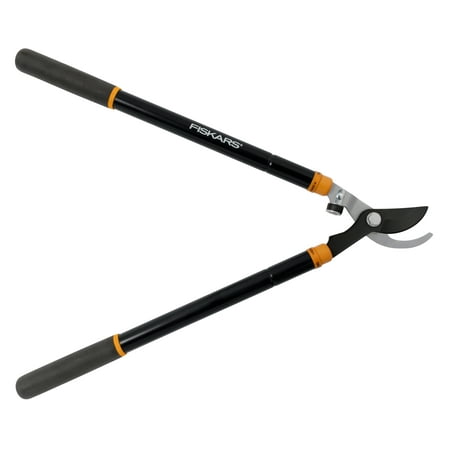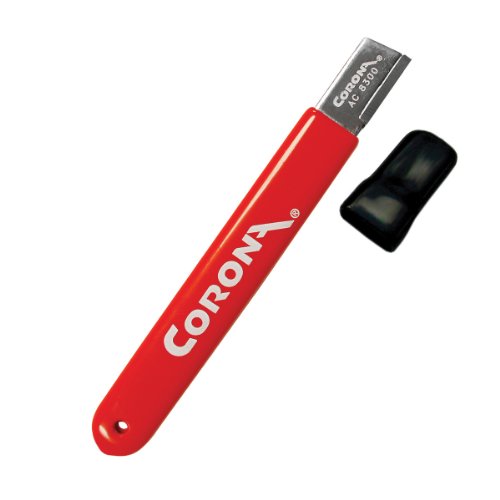Plants to never prune in January – don’t risk the health of these popular trees and shrubs
Incorrect winter pruning can be potentially devastating to plants

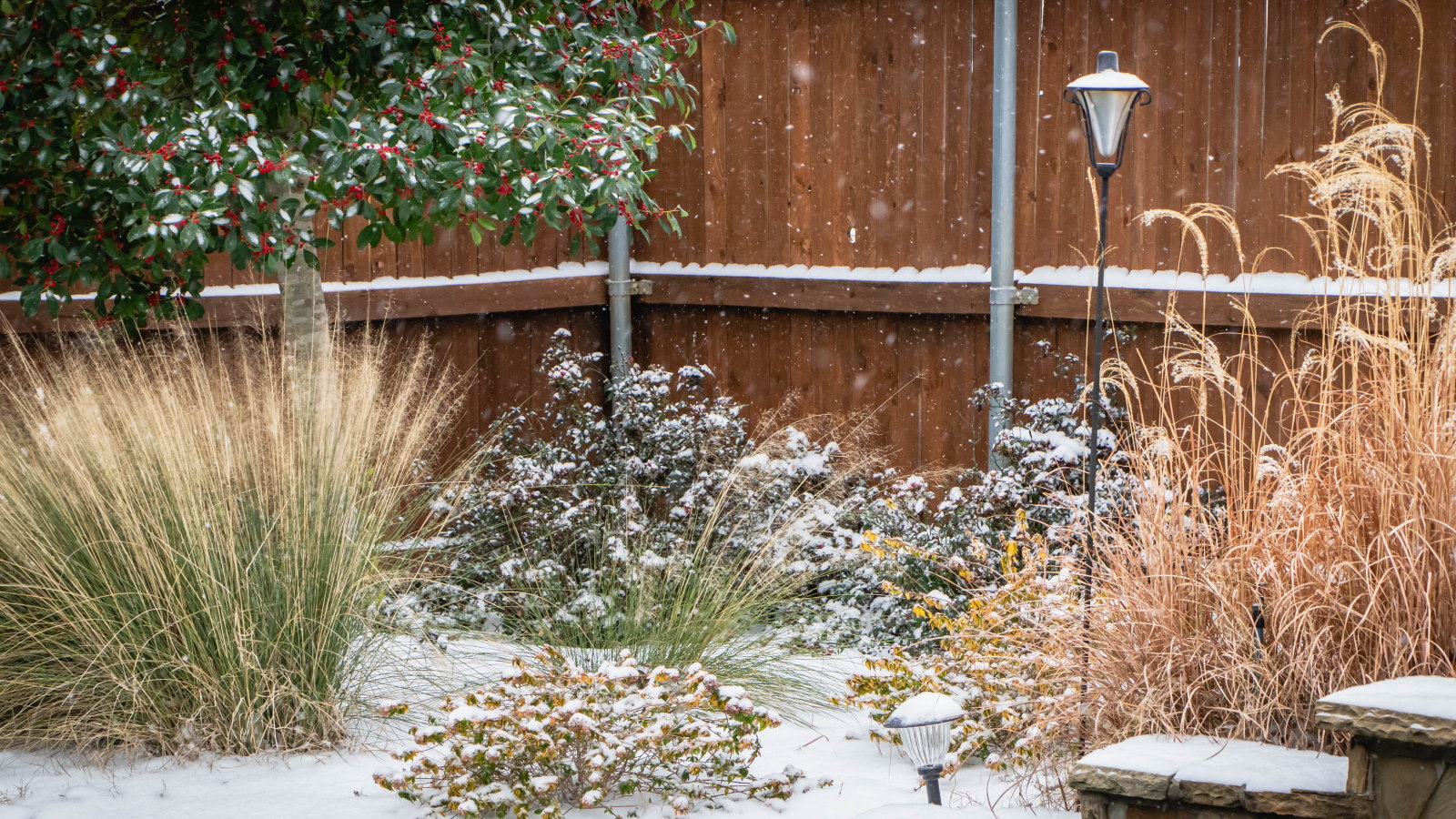
January is an ideal time to prune some of the most popular backyard shrubs and trees. However, while it is good for some it is not beneficial for all. Indeed, there are plants to never prune in January as trimming can harm their health and ruin any potential flowering displays.
Pruning at the right time of year keeps plants productive and flourishing - it means fantastic blooms or fruits and healthy regrowth. But get it wrong and prune at the incorrect time, and the consequences can be devastating. Not only will you miss out on blooms, your shrubs or trees could also be left susceptible to winter frosts, pests, or diseases.
We previously looked at plants to prune in January, but now the focus moves on plants not to trim. There is a wide selection of plants to never prune in January that we have grouped into categories. This can help you avoid falling foul of pruning at the wrong time of year.
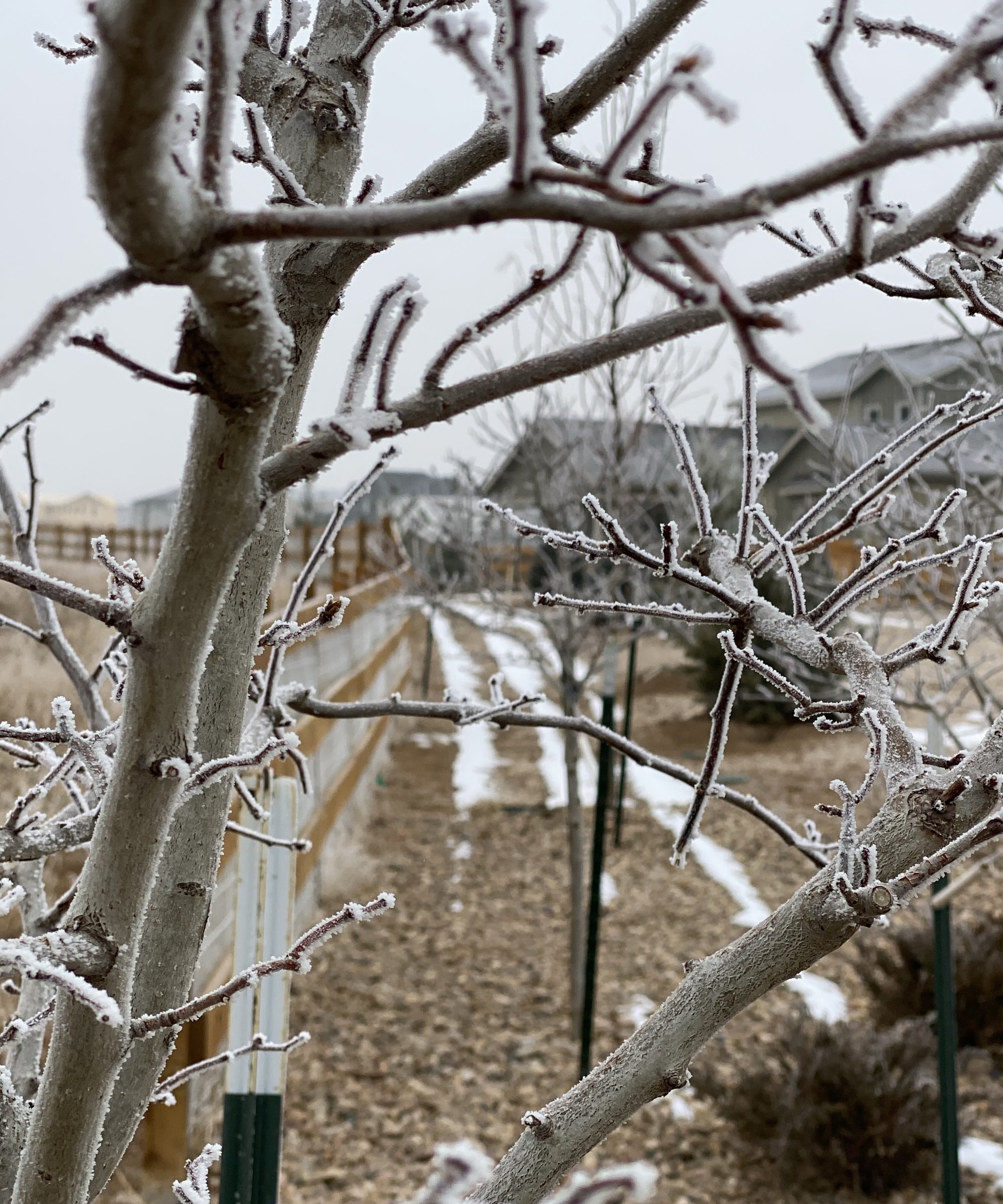
The type of trees and shrubs to not prune this month
The following trees and shrubs are not plants to prune in spring. We explain why you should not prune them this month and reveal when the recommended windows to trim are.
1. Spring flowerers
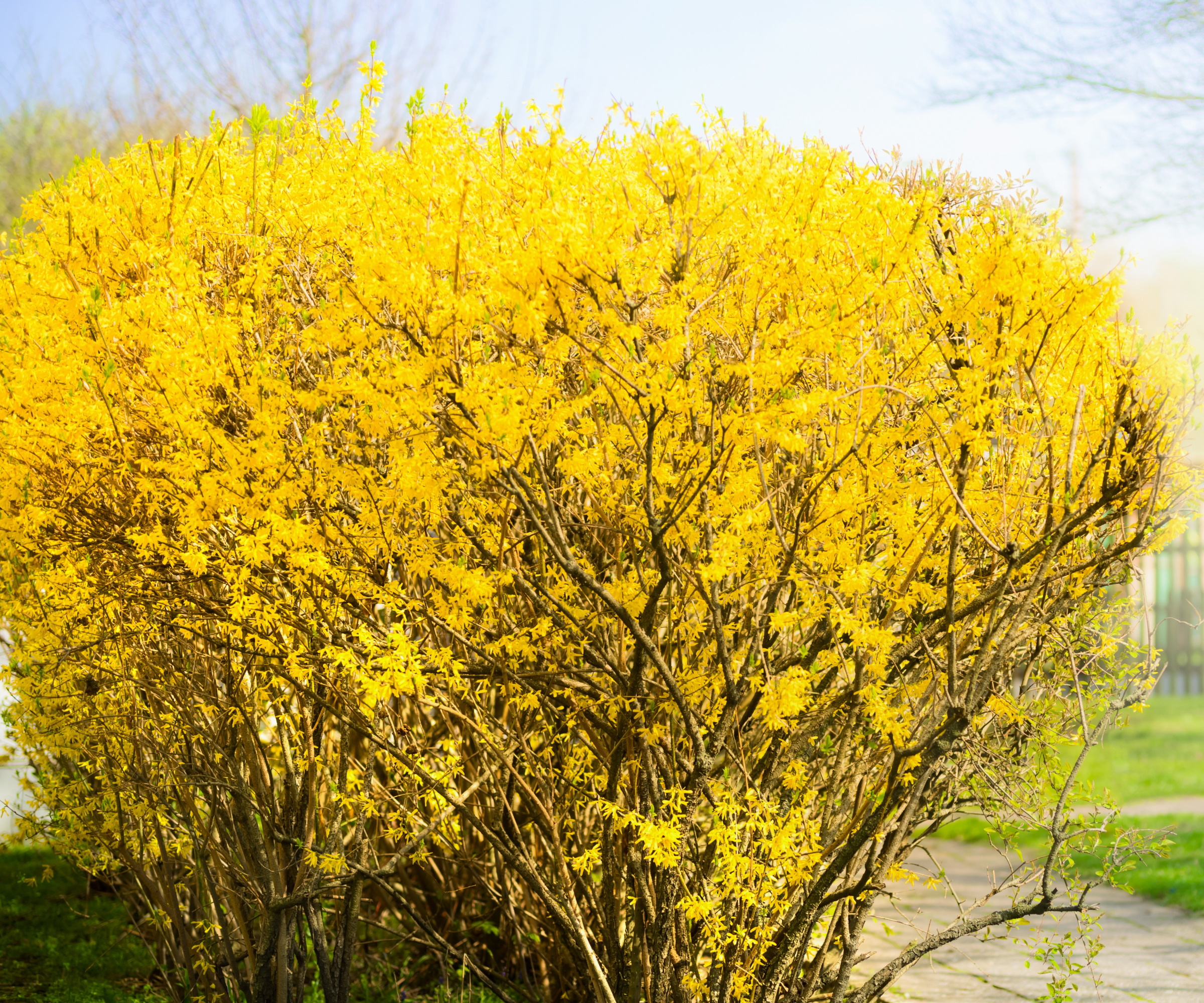
Spring-flowering shrubs in a backyard bring color, texture, and scent to a space earlier in the year. They bring us seasonal delight and are crucial for early pollinators when they emerge from winter hibernation.
Lilacs, forsythia, azaleas, dogwood, witch hazel, and more can fill a backyard with blooms in spring - providing they are pruned at the right time.
Always prune these flowering shrubs after they have bloomed, never in winter. Trimming this month would be a pruning mistake, and cutting off the buds will result in no flowers come spring.
Design expertise in your inbox – from inspiring decorating ideas and beautiful celebrity homes to practical gardening advice and shopping round-ups.
2. Stone fruit
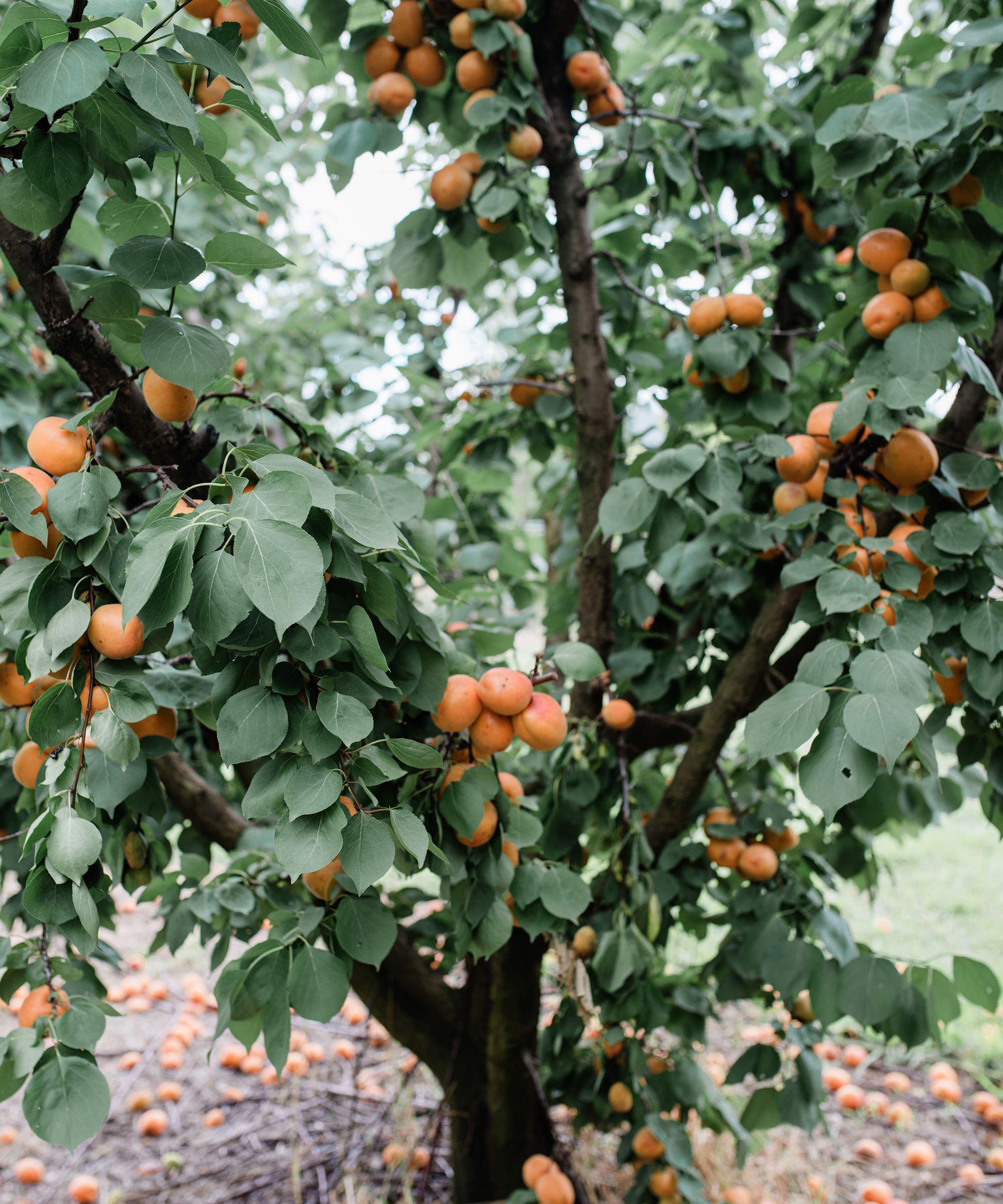
Winter is a time to prune many fruit trees, but not all. While apples, pears, quince, and medlars are fruit trees to prune in winter, stone fruit should not be pruned this month.
Pruning plums, apricots, peaches or cherries should be done in spring or summer, rather than winter, to avoid diseases such as silver leaf and bacterial canker.
Silver leaf is a potentially devastating fungal disease that gets into the tree via pruning wounds - and it can kill a tree. The spores are more prevalent in winter and avoiding pruning at this time is a simple control method to prevent susceptible fruit trees falling victim to it.
3. Bleeder trees
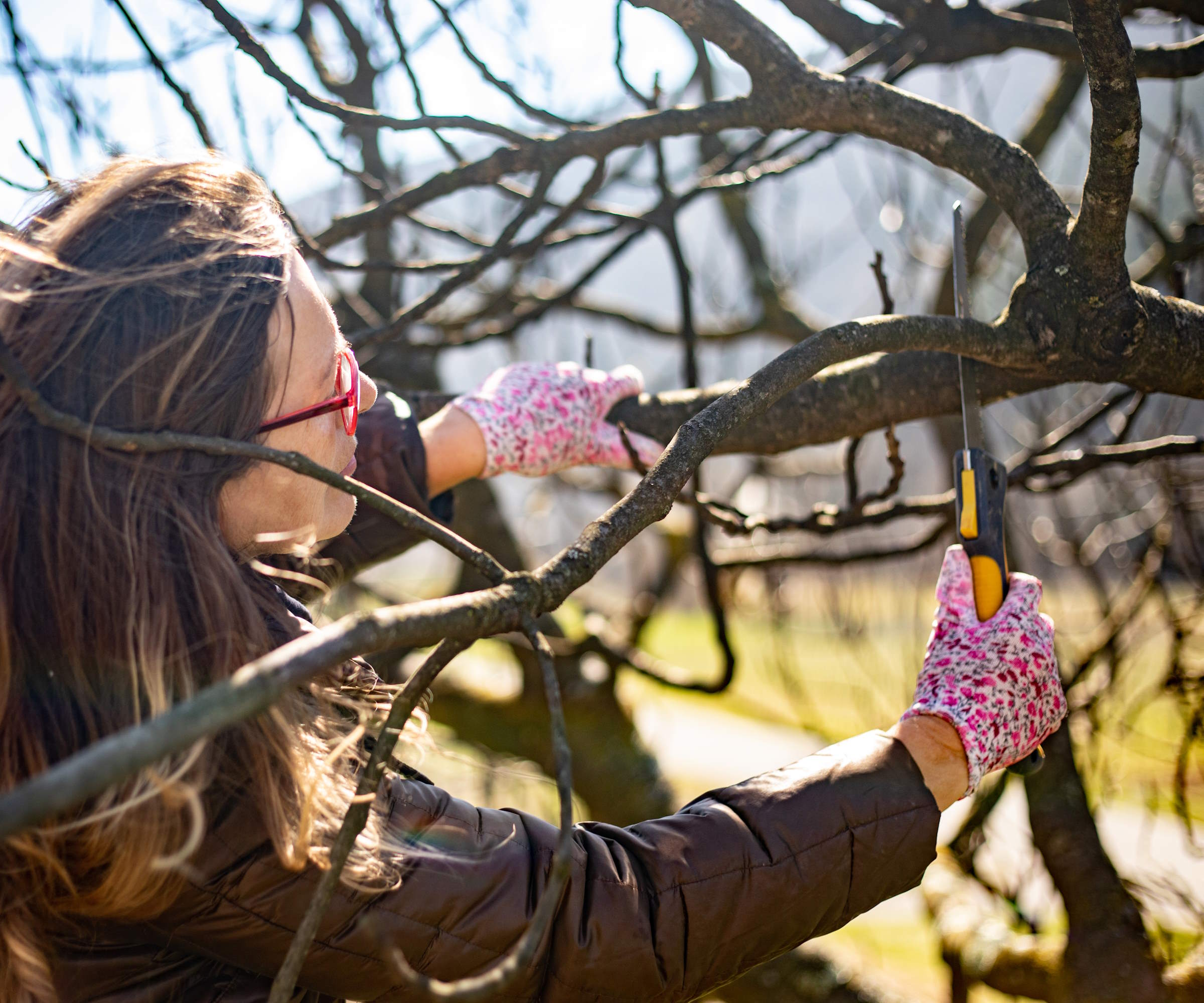
There are many trees to prune in January as the month can be an ideal time to prune many deciduous trees. Some trees known as ‘bleeder trees’ are best to avoid pruning in January, however, as they will bleed sap heaving after trimming. This group includes the likes of maples, birch, elm, walnut, and yellowwood trees.
When a tree bleeds sap it is weakened and will attract insects that can potentially carry diseases or fungal spores. It is especially damaging when pruning tree branches with a diameter over three inches, as this can mean large-scale loss of sap.
The recommended time to prune such bleeder trees is in late spring or early summer, when they can best cope with the loss of sap and will heal quickly as they are actively growing.
4. Woody herbs
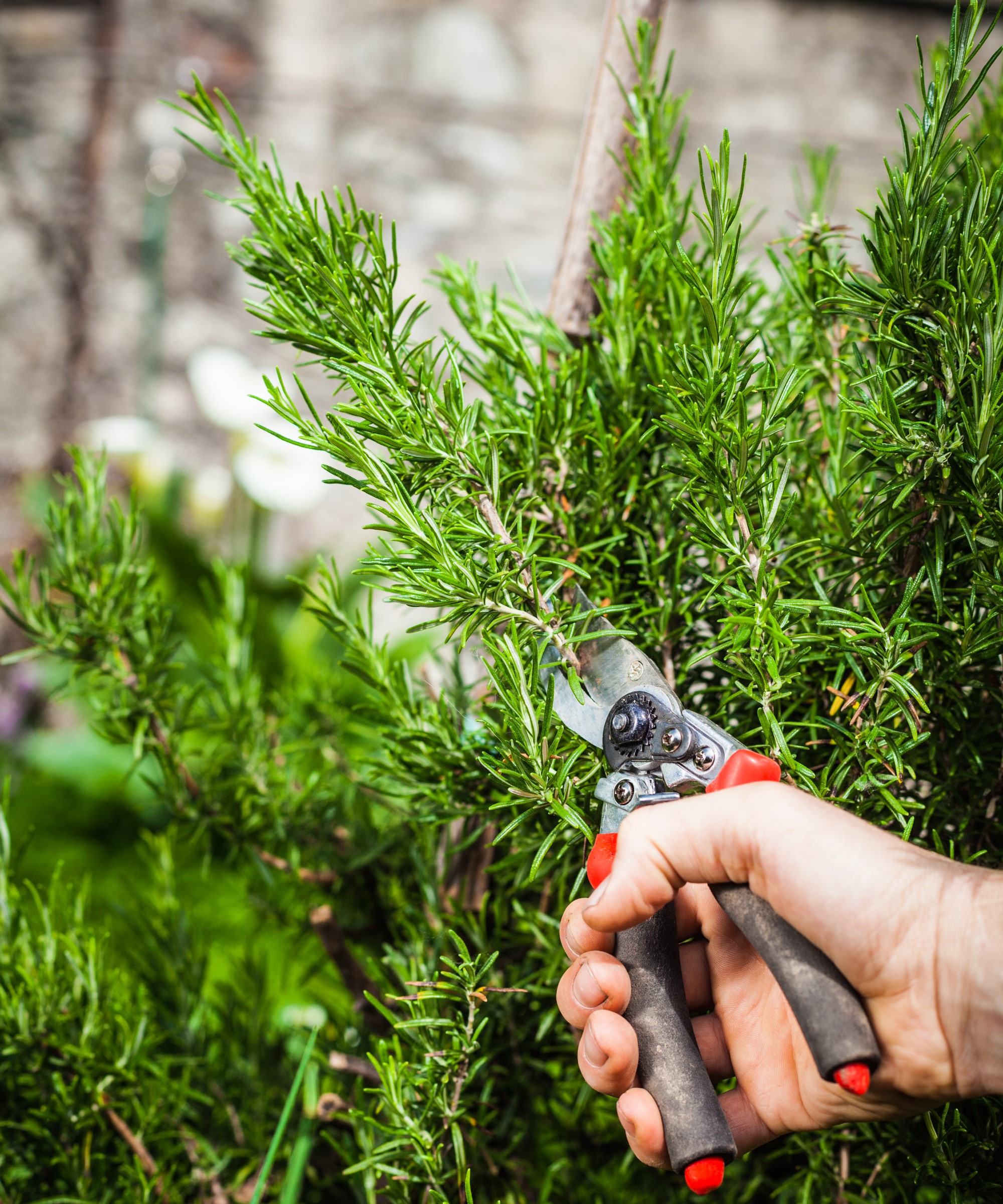
Woody herbs such as rosemary, lavender, and thyme need annual pruning to control their size and produce lots of aromatic foliage for cooking, beauty, or medicinal purposes. Regular trimming keeps these aromatic herbs bushy, rather than spreading and getting leggy or woody, and productive.
It would be a herb gardening mistake to prune rosemary or trim lavender in the middle of winter. Doing so could jeopardize the health of the plants. Plants are hardy down to US hardiness zone 5, but pruning this month can reduce the overall hardiness and leave pruning wounds that frosts can penetrate. Extreme colds may cause irreparable damage to the center of the plant.
To avoid unnecessarily harming woody herbs, hold off pruning any plants in your herb garden or herb planters until you see new growth appearing in spring.
5. Evergreen shrubs
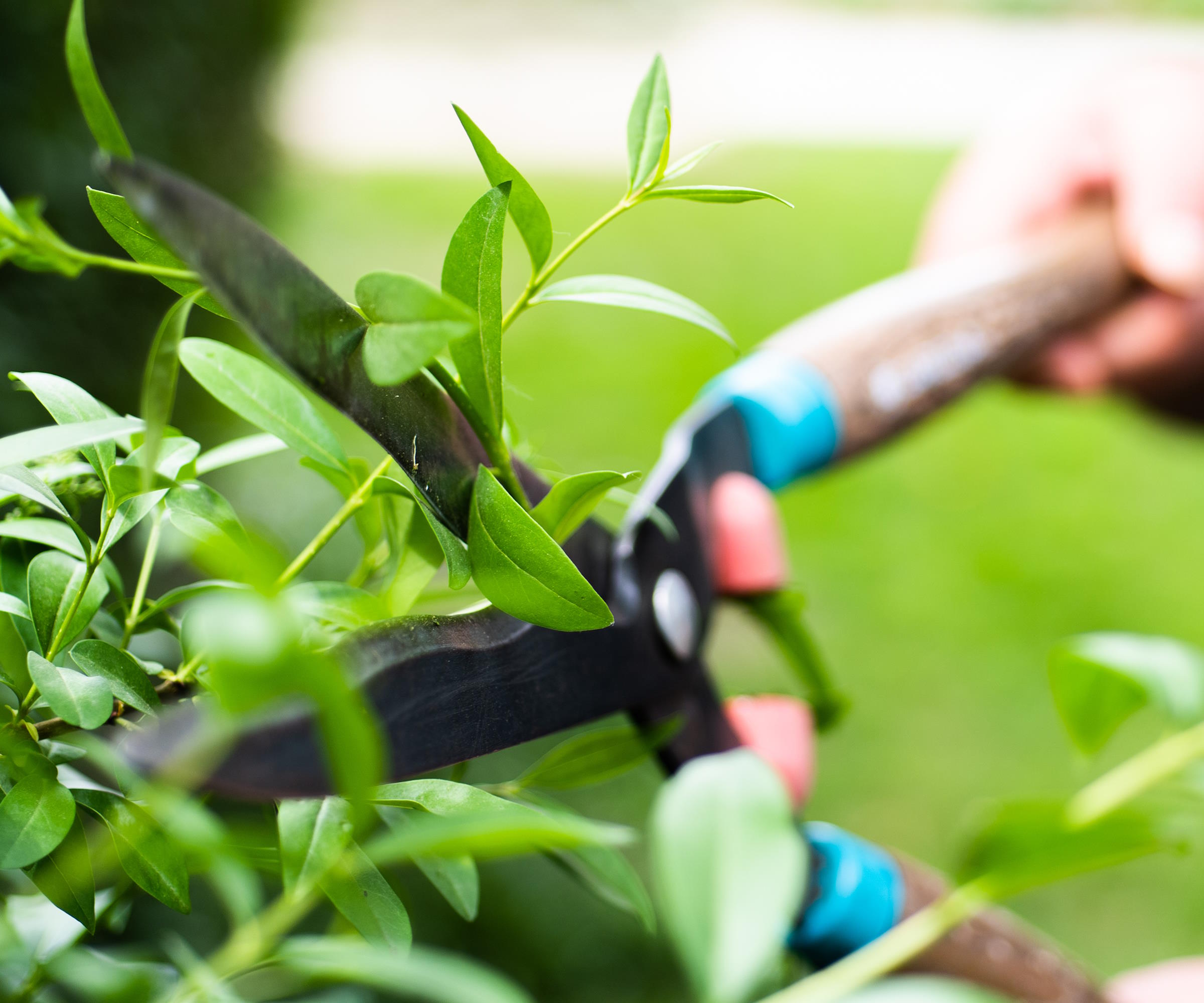
The best time to prune evergreens is generally early spring and late summer. Regular trimming keeps the size and shape of evergreen shrubs controlled and encourages healthy growth.
Pruning in winter is not recommended as evergreens may struggle to have the energy to survive if severely trimmed. They do not store energy in their roots for winter and therefore need to produce food year-round.
There will be no regrowth from January pruning, unless you live in warmer US hardiness zones, so the shrub can be hampered by trimming. Evergreens can also suffer from frost getting into pruning cuts and die-back from winter pruning.
As for when to prune shrubs, trim evergreens once the risk of frosts has ended and they are putting on new growth. Prune spring flowering shrubs after blooming, as mentioned earlier, and summer flowering shrubs in late winter or early spring.
Shop pruning tools
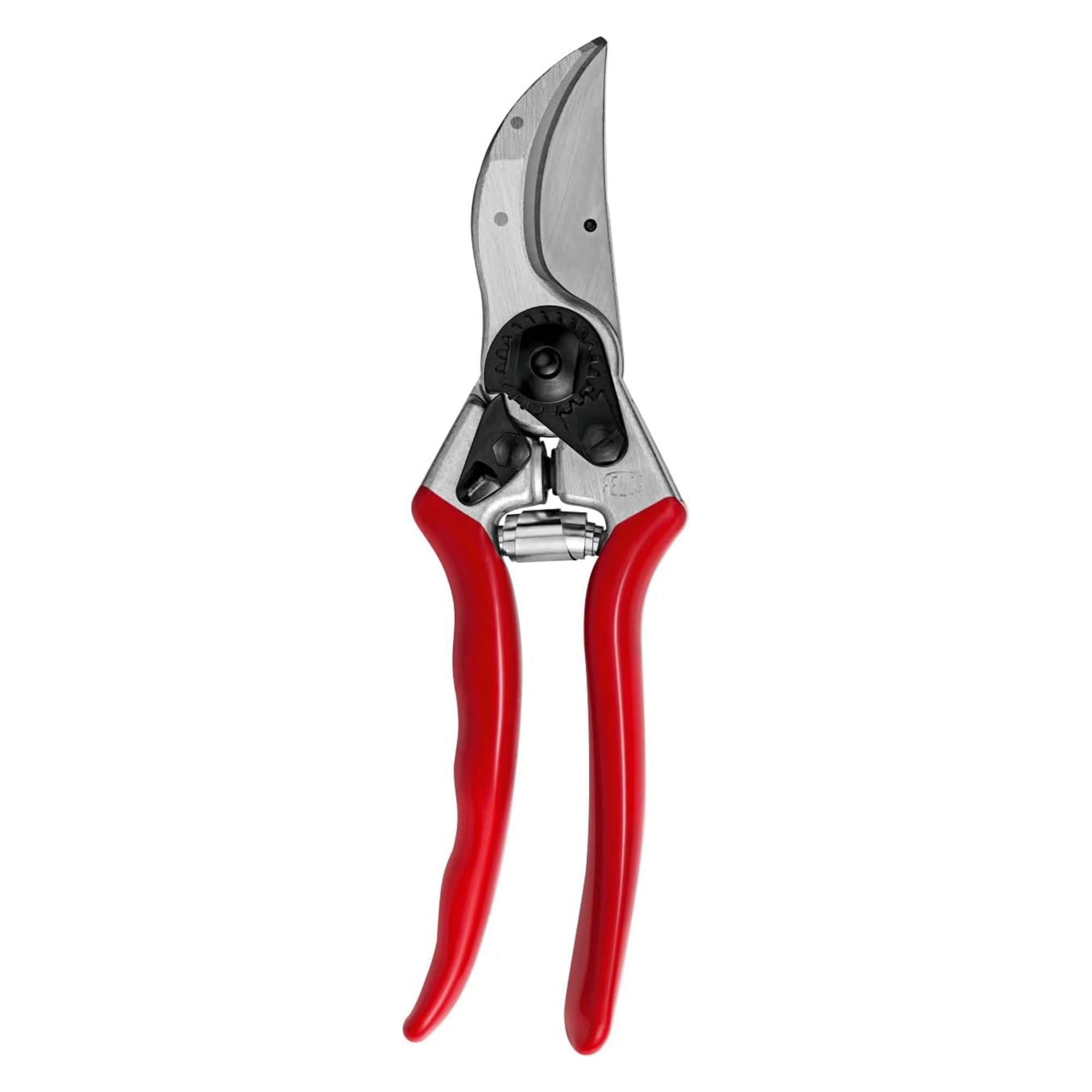
Comfortable, sharp, and hard-wearing pruning shears. I used a pair for many years and it is no surprise that Felco No. 2 pruners are often touted as the best pruners on the market.
FAQs
Is it okay to cut my lawn in January?
It is not usually necessary to mow a lawn in winter. The grass does not grow over winter and you can cause damage by mowing a frosty or overly wet lawn. Indeed, in many climates, it is best to avoid walking on grass during the winter months as it can cause soil compaction and damage to grass blades if the lawn is frozen.
If you live in a warmer climate and the grass starts growing in January, it is okay to cut the lawn. However, take care when doing so - only mow if the conditions are right and raise your mower blades to cut at a high height. The best time to start mowing a lawn in spring is when the grass reaches three inches tall.
Even if a tree or shrub can be pruned in January, there are still some conditions when it is best to avoid trimming. That includes extreme cold, which can cause dieback as frosts get into pruning cuts and weaken the tree. If you do live in a climate which has extreme winter colds, hold off pruning until late winter or early spring.

Drew has worked as a writer since 2008 and was also a professional gardener for many years. As a trained horticulturist, he worked in prestigious historic gardens, including Hanbury Hall and the world-famous Hidcote Manor Garden. He also spent time as a specialist kitchen gardener at Soho Farmhouse and Netherby Hall, where he grew vegetables, fruit, herbs, and cut flowers for restaurants. Drew has written for numerous print and online publications and is an allotment holder and garden blogger. He is shortlisted for the Digital Gardening Writer of the Year at the 2025 Garden Media Guild Awards.
